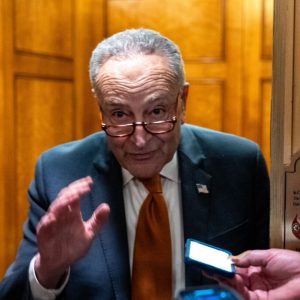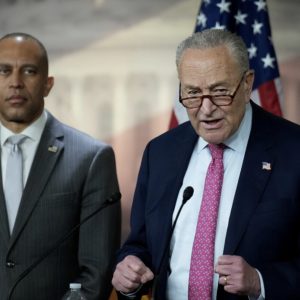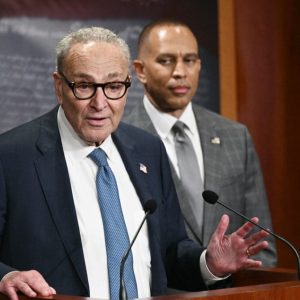Question (Moran): “Some voters who supported you say, ‘I didn’t sign up for [higher prices].’ How do you respond?”
Answer (Trump): “They did sign up for it, actually.”
Economic Nationalism vs. Voter Frustration
In his first 100 days, President Trump doubled down on nationalist policies—expanding tariffs, reviving strict immigration controls, and rolling back environmental and public health protections. His defense of painful economic outcomes, like higher consumer prices, was blunt: “They did sign up for it.”
Tariffs on Chinese goods raised household costs, while industries warned of disruptions. On immigration, Trump reinstated “Remain in Mexico” and claimed border security successes despite humanitarian criticisms.
Foreign policy saw bold rhetoric but few tangible outcomes, particularly regarding Ukraine and North Korea. Trump’s approval ratings hit historic lows, though his base remains loyal.
Staffing turnover, limited press access, and reliance on direct messaging shaped his communication strategy. While Trump frames the current hardships as necessary for long-term gain, critics argue his agenda prioritizes confrontation over cohesion.
As challenges mount, the real test will be whether his assertive approach delivers results—or deepens national divides.





